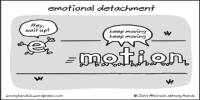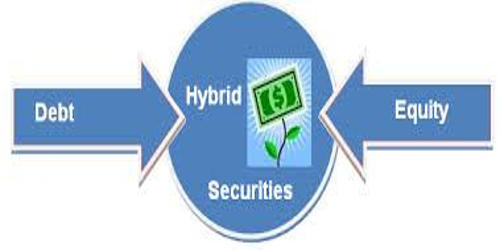Visual attention is a process that addresses this issue by directing a small percentage of information arriving at the primary visual cortex to high-level centers involved in visual working memory and pattern recognition. Scientists report that norepinephrine, a fundamental chemical for brain performance, is locally regulated in the visual cortex, a brain region.
“Look at me!” we might exclaim as we try to engage our children. It turns out that there is a neurochemical explanation for why looking at mom or dad helps children pay attention.
Authors from The University of Texas Health Science Center at San Antonio (also known as UT Health San Antonio) report in the journal Science Advances that norepinephrine, a fundamental chemical for brain performance, is locally regulated in a brain region called the visual cortex.
Early attention studies revealed that visual attention can be directed to specific locations in the visual field, even subtly (i.e., in the absence of eye movements). Behavioral measurements have revealed that stimuli received at attended locations are processed faster and more accurately than stimuli received at unattended locations. Modern attention imaging studies have measured brain activity during spatial attention tasks and found increased activity in retinotopic cortical areas that represent the location of the focus of attention.
Prior to our study, research had suggested the possibility of local regulation of norepinephrine release, but it had never been directly demonstrated. A certain amount of this chemical must be released for optimal brain performance and attention. As a result, whether there is too much or too little of it, it may affect how we process information.
Martin Paukert
“Prior to our study, research had suggested the possibility of local regulation of norepinephrine release, but it had never been directly demonstrated,” study senior author Martin Paukert, MD, assistant professor of cellular and integrative physiology at UT Health San Antonio, said. The team’s work, which included Shawn R. Gray, Ph.D., and Liang Ye, MD, from the Paukert lab, and Jing Yong Ye, Ph.D., from The University of Texas at San Antonio’s biomedical engineering department, was funded by the Robert J. Kleberg, Jr. and Helen C. Kleberg Foundation, the National Institute of Mental Health (NIMH), and the National Institute on Alcohol Abuse and Alcoholism (NIAAA).
Norepinephrine is known to play a role in attention. “A certain amount of this chemical must be released for optimal brain performance and attention,” Dr. Paukert explained. “As a result, whether there is too much or too little of it, it may affect how we process information.”
Substance use disorders, Alzheimer’s disease, post-traumatic stress disorder (PTSD), and attention-deficit/hyperactivity disorder are all known to have altered norepinephrine levels (ADHD). The release of norepinephrine is reduced in some cases of substance abuse, Alzheimer’s disease, and ADHD, resulting in decreased attention. The level is too high in other substance use and PTSD.

The team’s findings also apply to astrocytes, which act as helper cells in the brain and central nervous system. “When a person makes a movement, such as turning one’s head to listen to a parent, and that movement is combined with visual stimulation, more norepinephrine is released where visual information is processed,” Dr. Paukert explained. “Another important finding is that astrocytes can reliably detect the rate of norepinephrine release.”
Visual attention appears to be essential for the formation (and possibly maintenance) of internal representations with spatiotemporal coherence similar to that of the external object(s) they describe. Change blindness reflects the ability of visual attention to create (and possibly maintain) such representational structures. To date, results on the nature and role of attention are consistent with and in some cases, extend results obtained using other approaches.
In a broader sense, the study of change blindness is the first stage of research into the more general issue of the perception of organized spatiotemporal patterns, such as movements and events. Based on the results obtained thus far, it is likely that the perception of such patterns will be heavily reliant on visual attention.
In other words, they are sensitive to it. Astrocytes change their response as a result, which is expected to affect brain performance. “Understanding norepinephrine release, its local regulation, and the astrocyte response may represent a mechanism for improving sensory-specific attention,” said Dr. Paukert. The investigation will continue in that direction.
















